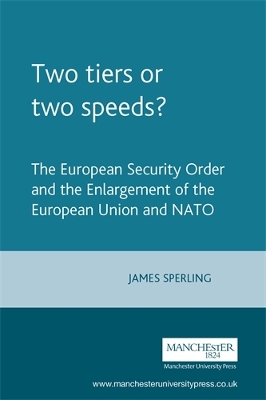Europe in Change
2 total works
The sudden transformation of the Cold War security order in 1989 altered the structure of the European state system, and necessitates the striking of a new balance between the economic, political and military requirements of security. This volume focuses on the most important institutions of European security, the European Union and NATO. Both institutions are expanding, especially eastwards, in terms of their respective roles and membership. This double expansion raises many questions; most crucially, whether Europe will be a two-speed security order, which suggests openess, inclusiveness and the emergence of an anarchical society, or a two-tiered security order, which suggests a continued hierachical security system with all of its associated historical liabilities.
The dramatic events since the late 1980s, which witnessed the end of the Cold War, the dissolution of the Warsaw Pact, the fragmentation of the Soviet Union and the emergence of a united Germany, have set in motion a recasting of the European security order. These developments raise important questions about the raison d'etre of existing security organisations: are they simply relics of the Cold war that have outlived their usefulness or can they adjust to new threats, challenges and roles? There has also been a shift of emphasis from the military to the economic and environmental aspects of security. This book places particular emphasis on the non-military elements of security and analyses the forces and institutions which contribute to peaceful and cooperative relations between Eastern and Western Europe. Whilst recognising the continued role of the military dimension in european security, this study highlights the growing importance of the economic, financial and environmental dimensions of security which make important contributions to the process of marketisation and democratisation in the transitional societies of Central and Eastern Europe.
The pace and direction of those transitions will have a significant bearing on the future shape of the European security order and the prospects for peace and stability in Europe.
The pace and direction of those transitions will have a significant bearing on the future shape of the European security order and the prospects for peace and stability in Europe.

